Zimbabwe is a landlocked country in southern Africa that is known for its dramatic landscape, diverse wildlife, reserves and safari areas. On the Zambezi River, Victoria Falls make a massive 108 meter drop into the narrow Batoka Gorge, where many tourists go white-water rafting and bungee jumping. Take a look below for 30 more fun and fascinating facts about Zimbabwe.
1. Zimbabwe literally means “great houses of stones.” The word is derived from the Shona language.
2. The official language of Zimbabwe is English but Shona and Sindebele are also widely spoken.
3. It is bordered by South Africa to the South, Botswana to the southwest, Zambia to the northwest and Mozambique to the east.
4. Victoria Falls, which is one of the world’s biggest and most spectacular waterfalls, is located in Zimbabwe’s northwest area, as part of the Zambezi river.
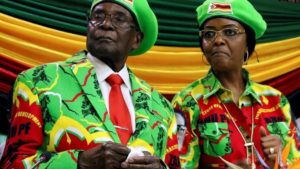
5. Large parts of Zimbabwe were once covered by forests with abundant wildlife, however, deforestation and poaching has reduced the amount of wildlife considerably.
6. The country is mostly savannah, although the moist and mountainous east supports the tropical evergreen and hardwood forests. Trees include teak and mahogany, knobthorn, msasa and baobab.
7. The Hwange National Park is home to one of the highest concentration of game, especially elephants. It covers more than 14,600 square kilometers, or 5,863 miles, and it has more animals and a greater variety of species than any other park in the country.
8. Bulawayo is the second largest city in Zimbabwe but it has managed to retain a 1960s small-town America ambience. There are tree-lined boulevards covered in flowers during spring that watch over the town’s prime attractions.
9. Many Zimbabweans survive on just one meal a day. Relief agencies say that 25% of Zimbabweans require food aid.
10. The first people of Zimbabwe were the Bantu speaking Iron Age farmers that settled in the region around 300 A.D.
11. Zimbabwe’s former president, Robert Gabriel Mugabe, is one of the oldest and the longest-serving leaders of a non-royal country in the world. He has served as the leader of Zimbabwe for the past 36 years.
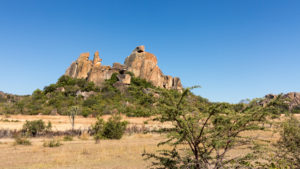
12. Due to the massive inflation that hit the country in 2008, Zimbabwe abandoned its currency and is currently using the U.S. dollar or the South African rand.
13. It’s illegal in Zimbabwe for the police to impound your vehicle on the road.
14. The country has one of the world’s highest inflation and unemployment rates in the world.
15. Zimbabwe became independent from the United Kingdom on April 18, 1980. They celebrate their national day on this day to commemorate their independence.
16. Zimbabweans mostly call every kind of toothpaste “Colgate,” every soft drink “Coke,” every washing powder “Surf,” and every floor polish “Cobra.”
17. Blackouts are quite frequent and random in Zimbabwe. When they occur, they can last for up to 3 hours or even more.
18. As per UNICEF, 2015, data, more than 1.4 million people in Zimbabwe are living with AIDS.
19. The “mbira,” which is a small hand-held instrument, has been played for more than 1,000 years in Zimbabwe. THe instrument is also commonly referred to as a “thumb piano.”
20. Mwari is the name of the deity of the Shona tribes people in Zimbabwe. They have believed in the deity for centuries.
21. In Zimbabwe, there’s a strong belief that mermaids exist. In fact, they’re often blamed for unfortunate events such as kidnapping, torture and murder.
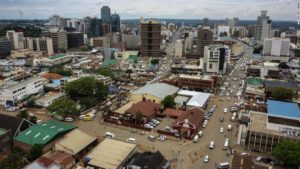
22. Cholera and malaria are two major diseases in the country. Malaria is prevalent in low-lying border areas. More than 760,000 cases of malaria were reported by WHO in 2009, while one third of its minor population suffers from chronic malnutrition.
23. Zimbabweans see pot bellies in men as a sign of success and wealth.
24. A hydroelectric power station was set up in 1950 on the Dam Kariba. The electricity from the power station is provided to both Zambia and Zimbabwe.
25. The International Organization for Migration estimates that millions of Zimbabweans have left their home country in search of better living conditions and food security in other African countries.
26. The capital Harare was formerly called Salisbury in 1890 in honor of the British Prime Minister Lord Salisbury.
27. The Great Zimbabwean Kingdom, between the 11th and 15th century, and its people are believed to have built The Great Zimbabwean ruins. It’s estimated that about 20,000 inhabitants resided in it. The stone built ruins was where the famous Zimbabwe Birds were found.
28. The Vadoma people are a small group of people that live in the western part of Zimbabwe. They’re commonly referred to as “ostrich people” or “the two-toed” tribe. 25% of people from this tribe are born with a genetic defect called ectrodactyly, where they don’t have three toes in the middle of their feet.
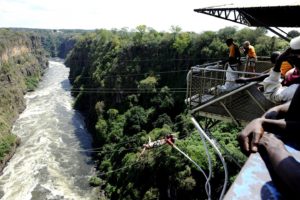
29. Feso is a 1957 novel by Solomon Mutswairo. It’s considered to be the first novel that fuses the oral tradition of the Shona into a novel.
30. Bota is a staple food for the Zimbabweans and it’s mostly eaten as breakfast. It’s a kind of porridge, with a cornmeal and water mixture. Peanut butter or just butter is sometimes added to it to add more flavor.

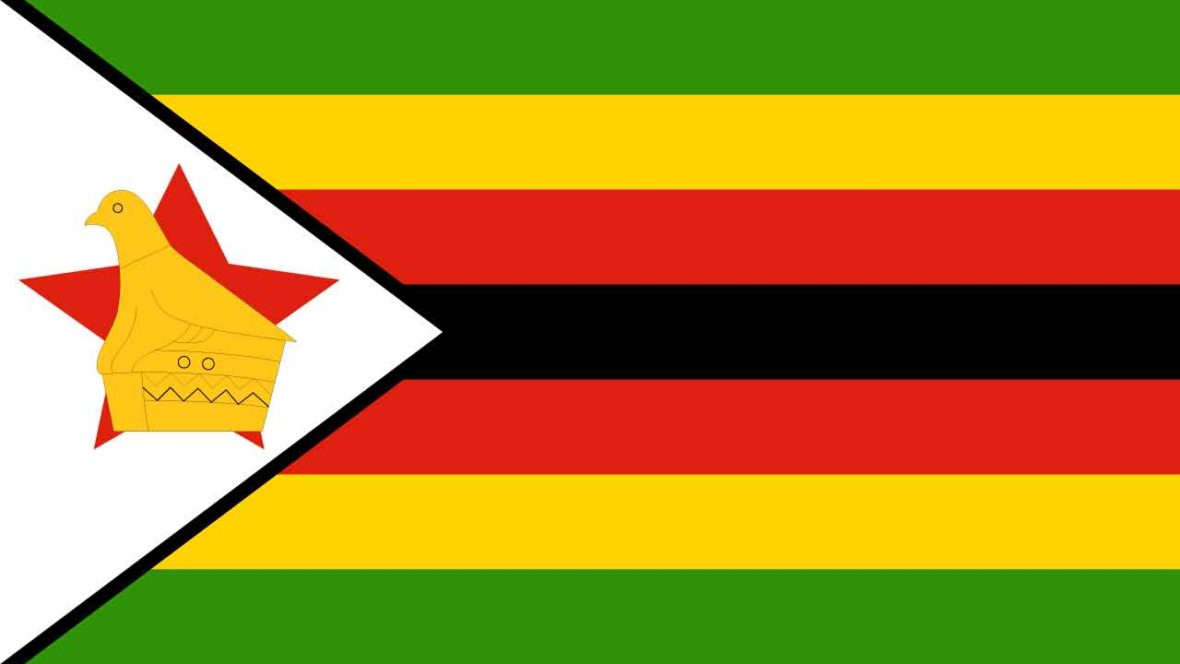
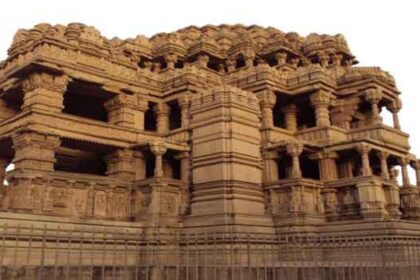

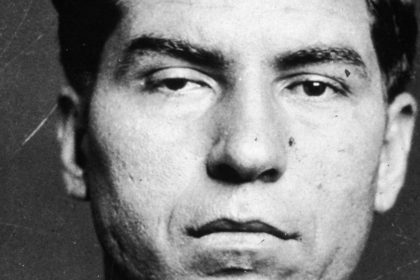
2 Comments
Pingback:
February 4, 2018 at 4:50 pmPingback:
May 11, 2018 at 11:57 am